Table of Contents
- Deadly Earthquake Triggers Landslides in Southwestern China - The New ...
- Earthquake today: 4.8-magnitude quake hits Andaman Islands | Zee Business
- Any new Earthquake in the world very soon? | Al Jaras Magazine
- Worldwide Surge in 'Great' Earthquakes Seen in Past 10 Years - NBC News
- Major deadly earthquakes in the past two decades - Middle East and ...
- Earthquakes
- Earthquakes 101- What, Why, When, How? - Ore Otegbade - Medium
- Earthquake Images
- Japanese earthquake disrupts chip industry operations • The Register
- Some earthquakes last for seconds, others for minutes — and a few for ...

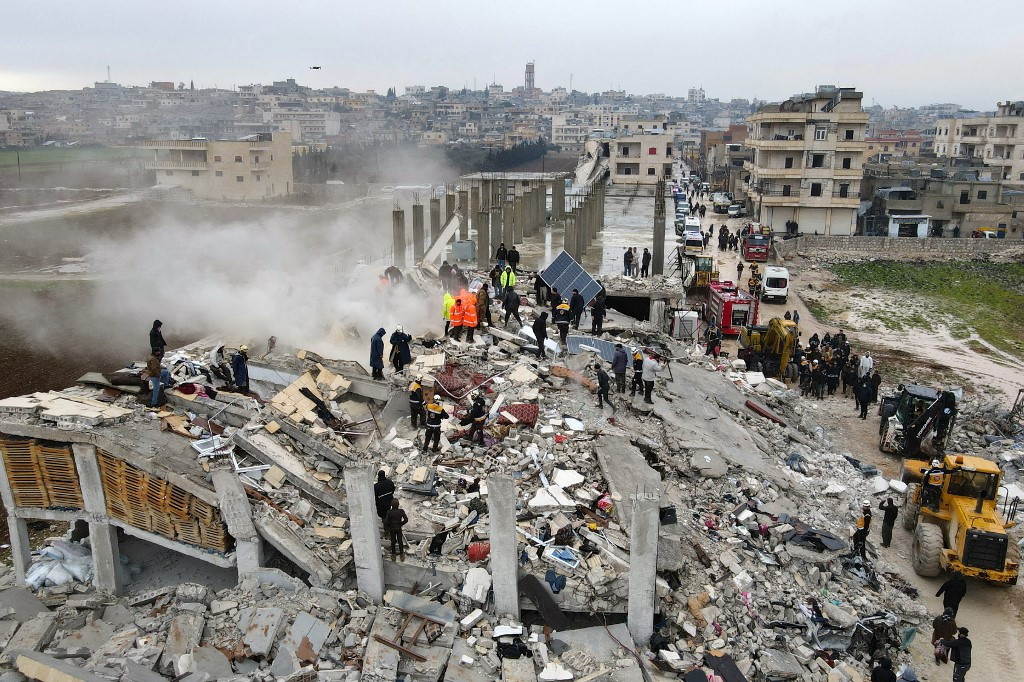

Visualizing Seismic Activity
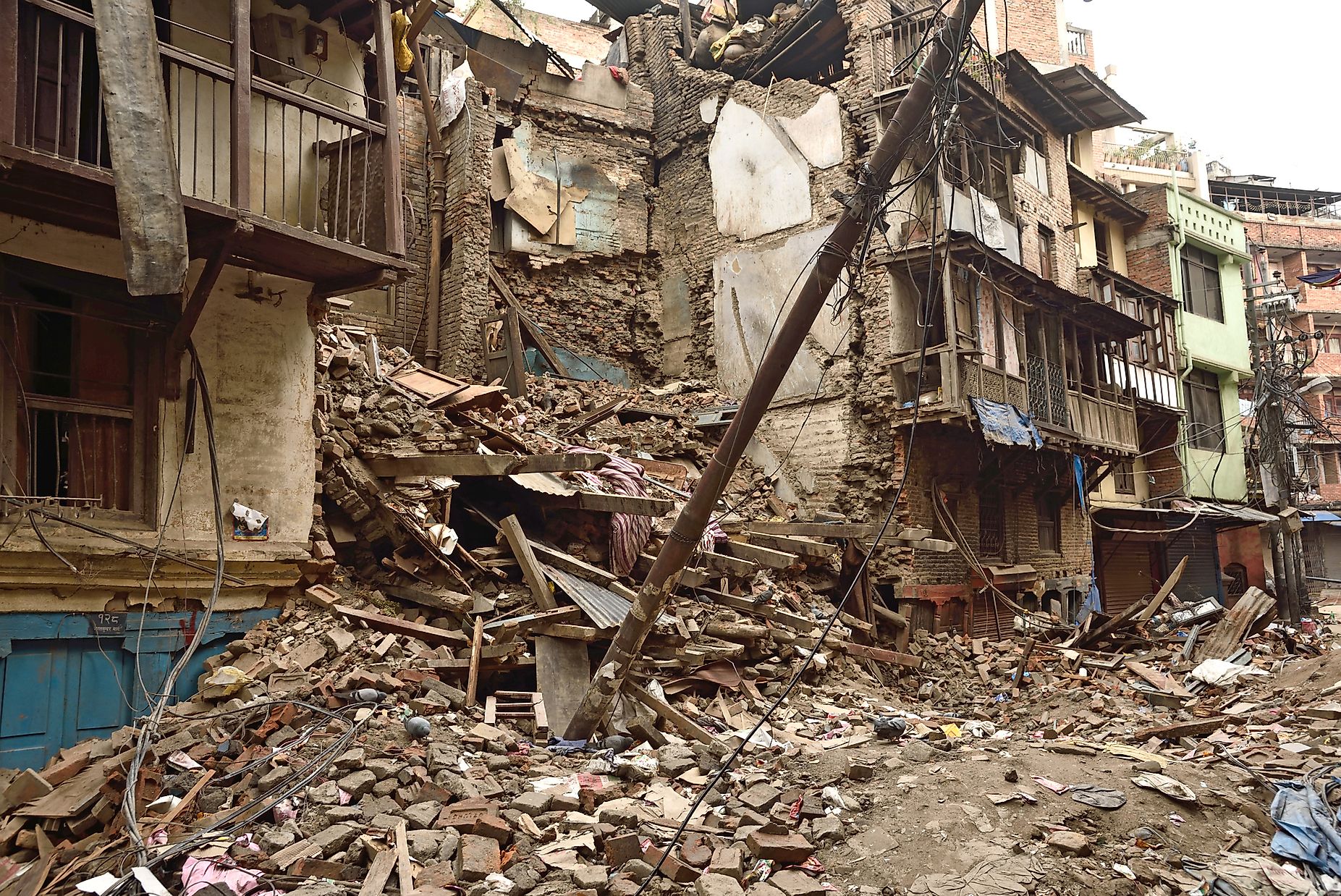
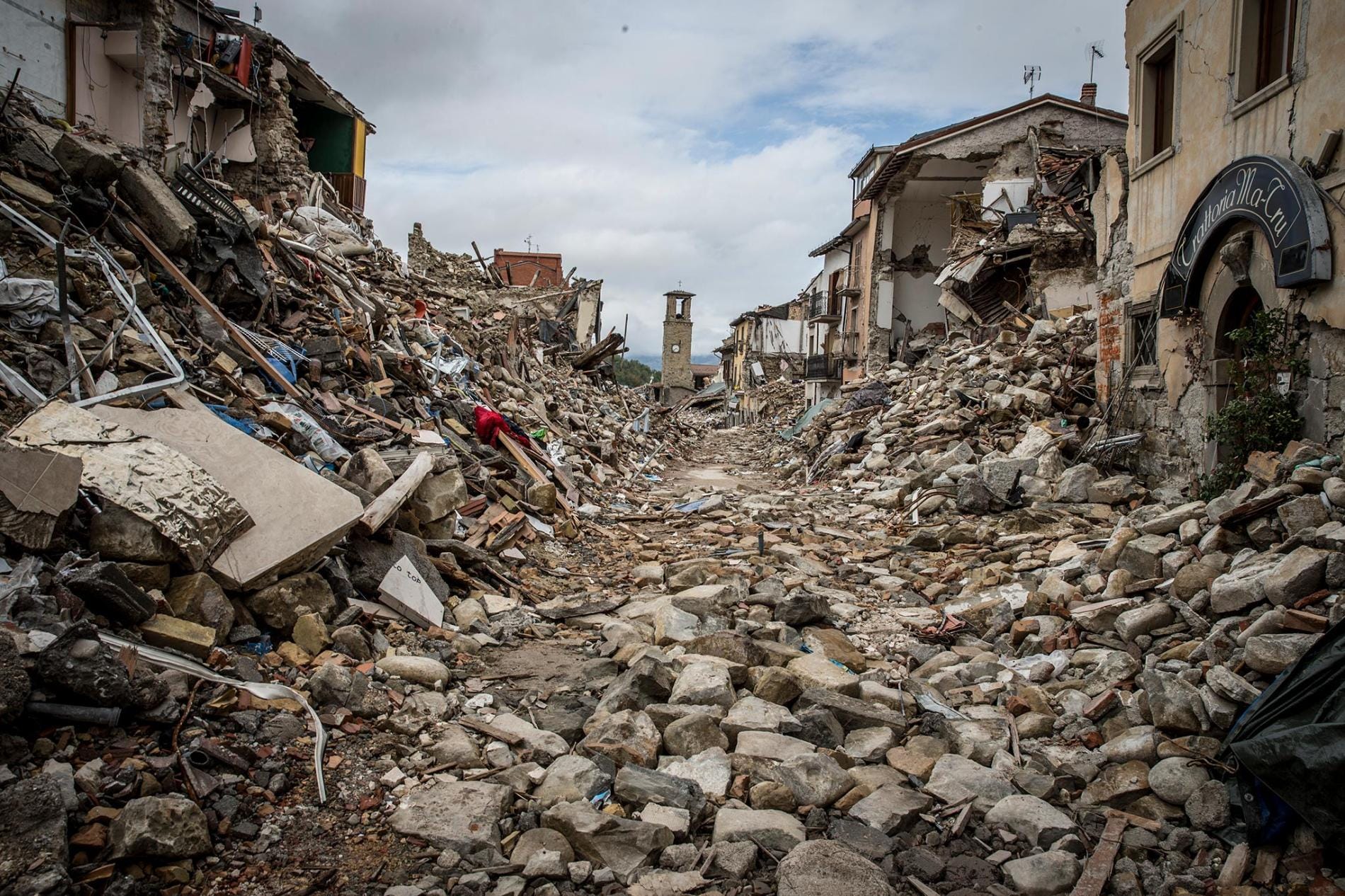

Drilling Down into Earthquake Data

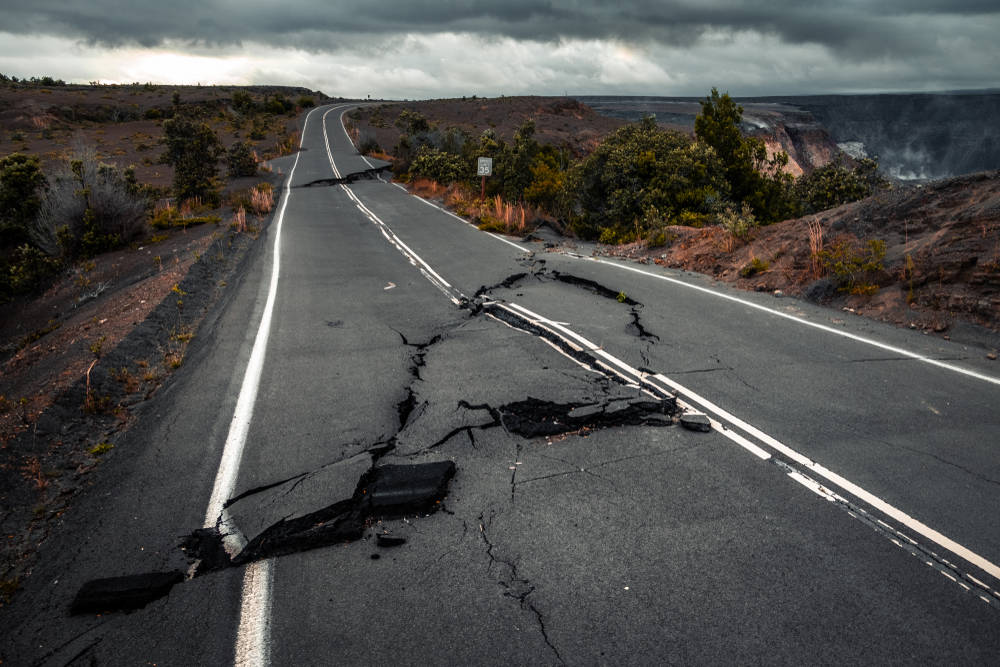
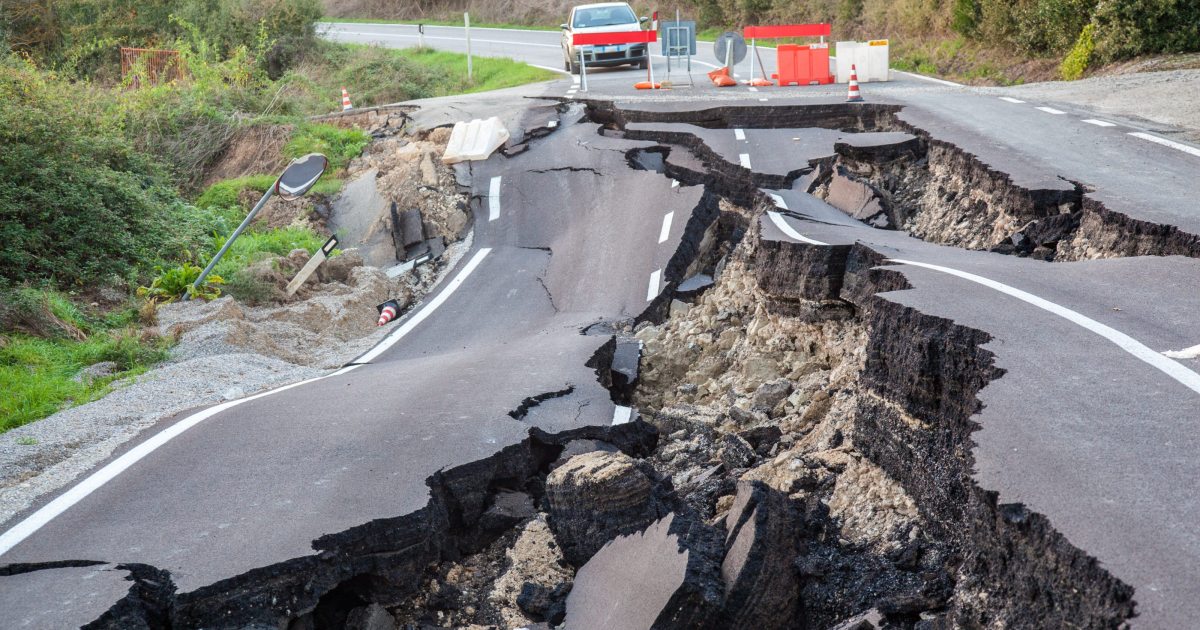
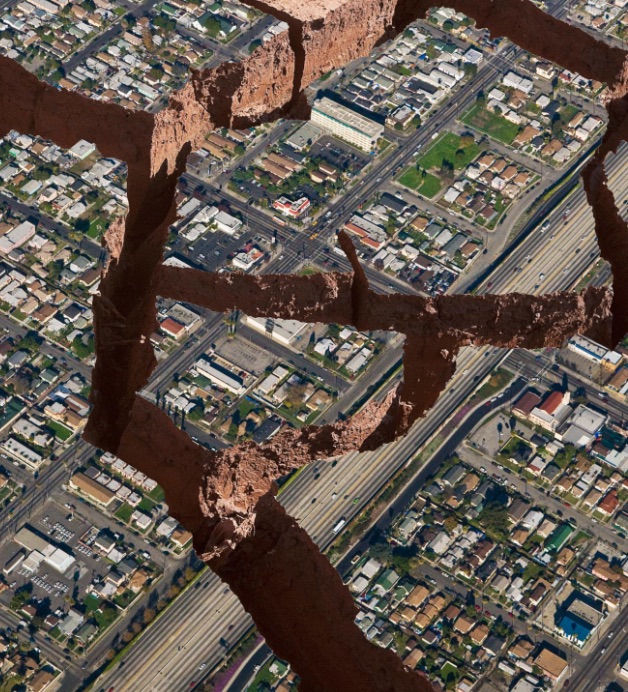
Additional Resources and Tools
The Seismic Monitor is more than just a map; it's a gateway to a broader range of seismic resources and tools. IRIS provides access to: Seismic waveforms: Visual representations of the seismic waves generated by earthquakes, which can be used to analyze the event's characteristics. Earthquake statistics: Summaries of earthquake activity over time, including the number of events, their distribution, and trends. Educational materials: Resources for teachers and students to learn about seismology, earthquake science, and related topics. The Seismic Monitor by IRIS is a powerful tool for anyone interested in understanding earthquakes and the dynamic processes that shape our planet. By providing a comprehensive view of recent earthquakes on a world map, along with detailed data and additional resources, the Seismic Monitor contributes significantly to seismic research, education, and awareness. Whether you're a professional seismologist, a student, or simply someone fascinated by the Earth's natural phenomena, the Seismic Monitor is an indispensable resource that offers insights into the Earth's tremors and much more.Visit the IRIS website to explore the Seismic Monitor and discover the wealth of information it has to offer.